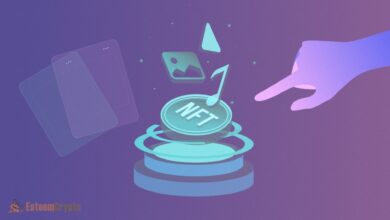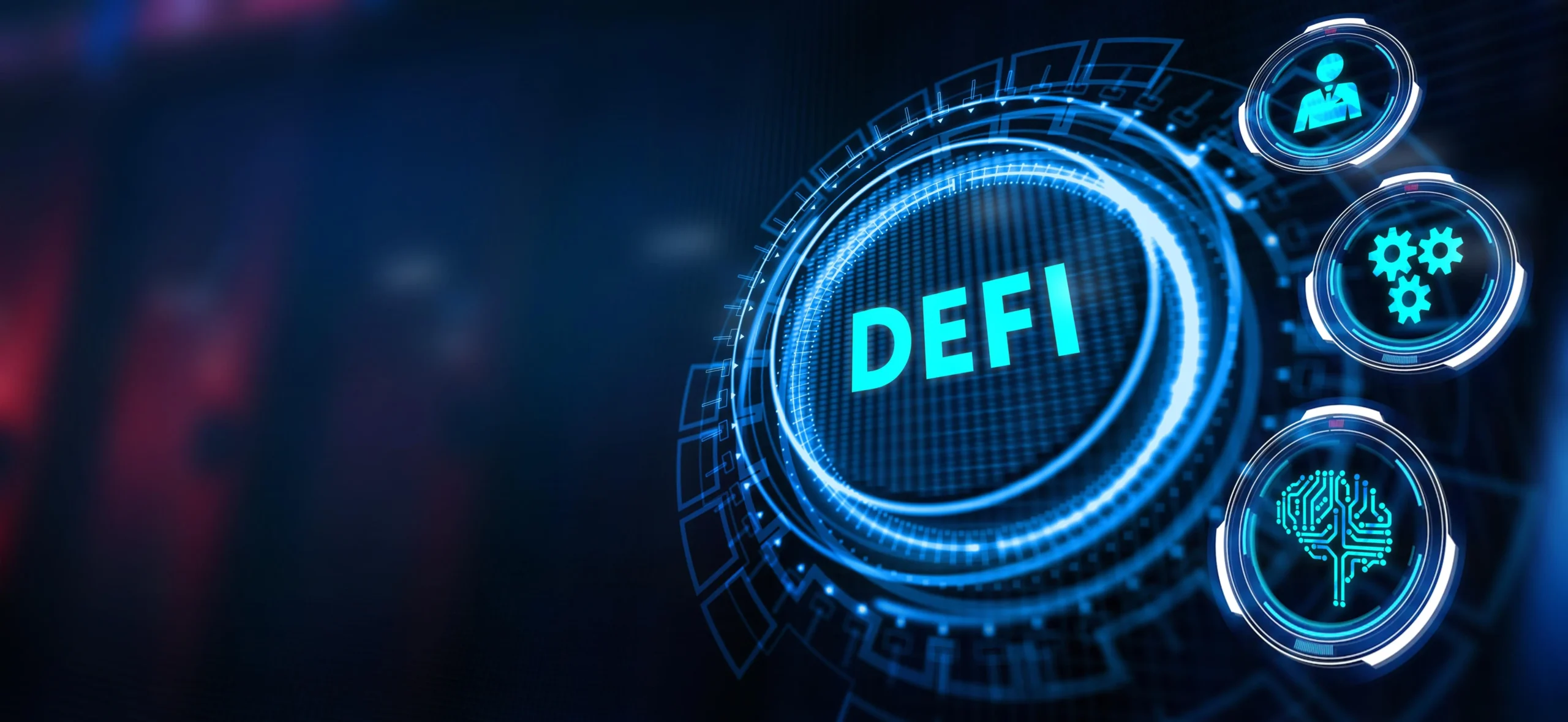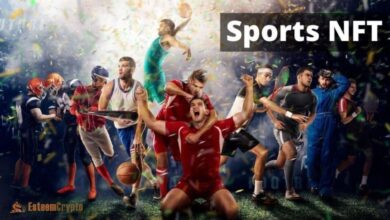Top 10 Secrets to Purchase Digital Art NFTs Successfully
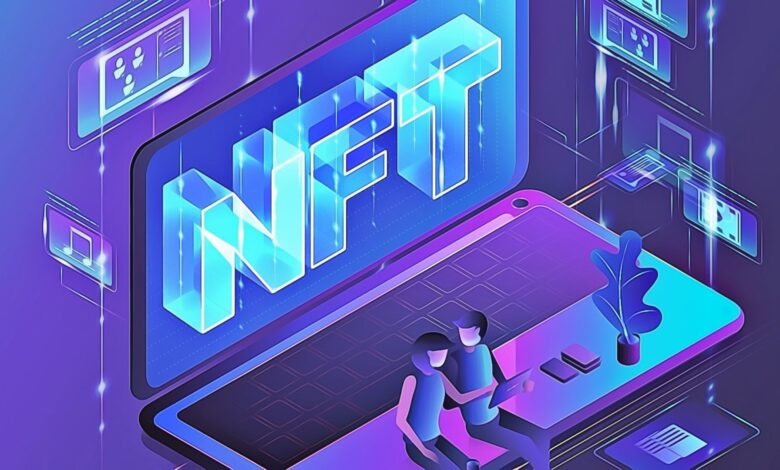
The digital art NFT landscape has transformed from a niche technological experiment into a multi-billion-dollar ecosystem that’s reshaping how we perceive, collect, and invest in art. Non-fungible tokens have revolutionized the art world by providing artists with unprecedented opportunities to monetize their digital creations while offering collectors authentic ownership of unique digital assets.
Purchasing digital art NFTs successfully requires more than just having cryptocurrency in your wallet. It demands a comprehensive understanding of blockchain technology, market dynamics, artistic value assessment, and strategic timing. Whether you’re a seasoned crypto investor looking to diversify into digital collectibles or an art enthusiast eager to explore this innovative medium, mastering the fundamentals of NFT acquisition is crucial for building a valuable collection.
The NFT marketplace ecosystem encompasses various platforms, each with distinct characteristics, fee structures, and user experiences. From OpenSea’s vast selection to Foundation’s curated approach, understanding these platforms’ nuances can significantly impact your purchasing success. Moreover, the volatile nature of cryptocurrency markets and the subjective value of digital art create unique challenges that traditional art collectors rarely encounter.
This comprehensive guide unveils ten essential secrets that successful NFT collectors use to navigate this complex landscape. These strategies encompass technical knowledge, market analysis, risk management, and artistic appreciation—all fundamental elements for making informed NFT investment decisions that can yield both personal satisfaction and potential financial returns.
1. Master the Fundamentals of Blockchain Technology and NFT Mechanics
Understanding Smart Contracts and Token Standards
Before diving into NFT purchases, developing a solid understanding of blockchain fundamentals is paramount. Smart contracts govern NFT transactions, dictating ownership transfer, royalty distributions, and metadata storage. Most digital art NFTs operate on Ethereum using the ERC-721 or ERC-1155 token standards, each offering different functionalities and cost structures.
Blockchain verification ensures authenticity and prevents counterfeiting, making it essential to verify that your desired NFT exists on the correct blockchain. Understanding gas fees, network congestion, and transaction timing can save significant money and prevent failed purchases during high-demand drops.
Wallet Security and Setup Best Practices
Cryptocurrency wallets serve as your gateway to the NFT ecosystem. Hardware wallets like Ledger or Trezor provide superior security compared to browser-based alternatives like MetaMask, though the latter offers greater convenience for frequent trading. Implementing proper security protocols, including seed phrase backup and two-factor authentication, protects your digital assets from theft and loss.
2. Research and Choose the Right NFT Marketplace for Your Goals
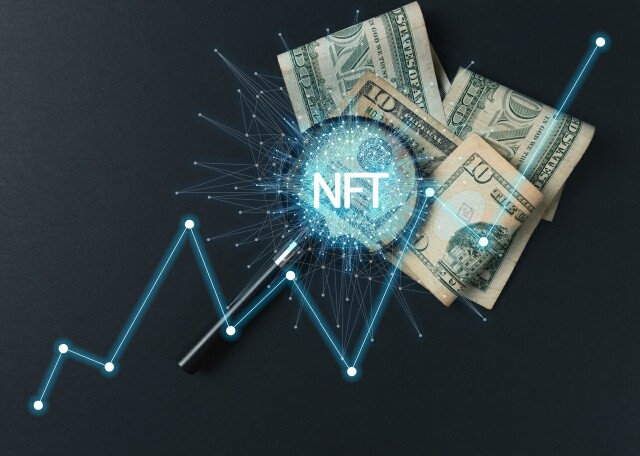
Analyzing Platform Features and Fee Structures
Different NFT platforms cater to various collector preferences and budgets. OpenSea dominates the market with extensive inventory and user-friendly interfaces, while platforms like SuperRare focus on high-quality, curated digital art. Marketplace fees typically range from 2.5% to 10%, significantly impacting your total acquisition costs.
Foundation emphasizes artist curation and community building, often resulting in higher-quality artwork but potentially higher prices. Async Art specializes in programmable art with multiple layers, while Known Origin focuses on verified artists and limited editions. Understanding each platform’s unique value proposition helps align your collecting strategy with your artistic preferences and budget constraints.
Evaluating Platform Security and Reputation
Platform security directly impacts your investment safety. Established marketplaces invest heavily in security infrastructure, user verification processes, and fraud prevention systems. Researching platform history, user reviews, and security incidents helps avoid potentially risky or unreliable marketplaces that could jeopardize your NFT investments.
3. Develop Expert Skills in Evaluating Digital Artists and Authenticity
Analyzing Artist Backgrounds and Portfolio Quality
NFT artist evaluation requires examining multiple factors, including artistic skill, innovation, community engagement, and career trajectory. Successful digital artists often demonstrate consistent style evolution, active social media presence, and genuine passion for their craft. Reviewing an artist’s complete portfolio, including non-NFT work, provides insight into their artistic development and long-term potential.
Established artists transitioning to NFTs bring existing reputations and collector bases, potentially increasing value stability. Emerging artists offer greater upside potential but carry higher risks. Artist verification on platforms helps confirm authenticity, though independent research remains crucial for making informed decisions.
Identifying Authentic vs. Copied Artwork
Digital art authentication presents unique challenges due to the ease of copying digital files. Reverse image searches, artist verification, and platform authentication badges help identify legitimate creators. Original artists typically provide detailed creation processes, work-in-progress documentation, and engage meaningfully with their communities.
4. Master Strategic Timing and Market Analysis Techniques
Understanding Market Cycles and the timing of
NFT market purchases significantly impact success and potential returns. Digital art markets exhibit cyclical patterns influenced by broader cryptocurrency trends, cultural events, and technological developments. Bull markets typically see increased speculation and higher prices, while bear markets often present better acquisition opportunities for long-term collectors.
Market analysis involves monitoring floor prices, trading volumes, and social sentiment indicators. Tools like DappRadar and NonFungible.com provide valuable market data and trending insights. Understanding seasonal patterns, such as increased activity during art fairs or crypto conferences, helps optimize purchase timing.
Utilizing Technical Analysis for NFT Investments
Applying traditional investment analysis techniques to NFT markets can provide strategic advantages. Volume analysis, price support and resistance levels, and momentum indicators offer insights into potential price movements. However, the subjective nature of art valuation requires combining technical analysis with artistic merit assessment.
5. Implement Advanced Budgeting and Risk Management Strategies
Setting Realistic Investment Boundaries
NFT budgeting requires disciplined financial planning considering the high volatility and speculative nature of digital collectibles. Experts recommend allocating only discretionary funds you can afford to lose entirely. Diversifying across multiple artists, styles, and price points reduces concentration risk while maintaining collection growth potential.
Risk management strategies include setting maximum purchase limits per NFT, establishing portfolio percentage allocations for NFTs versus traditional investments, and maintaining emergency liquidity for unexpected opportunities or financial needs.
Understanding Total Cost of Ownership
NFT costs extend beyond purchase prices, encompassing gas fees, marketplace commissions, potential storage costs, and tax implications. Gas fees can vary dramatically based on network congestion, sometimes exceeding the NFT purchase price itself. Planning for these additional expenses prevents budget overruns and ensures successful transaction completion.
6. Build Strategic Networks Within the NFT Community
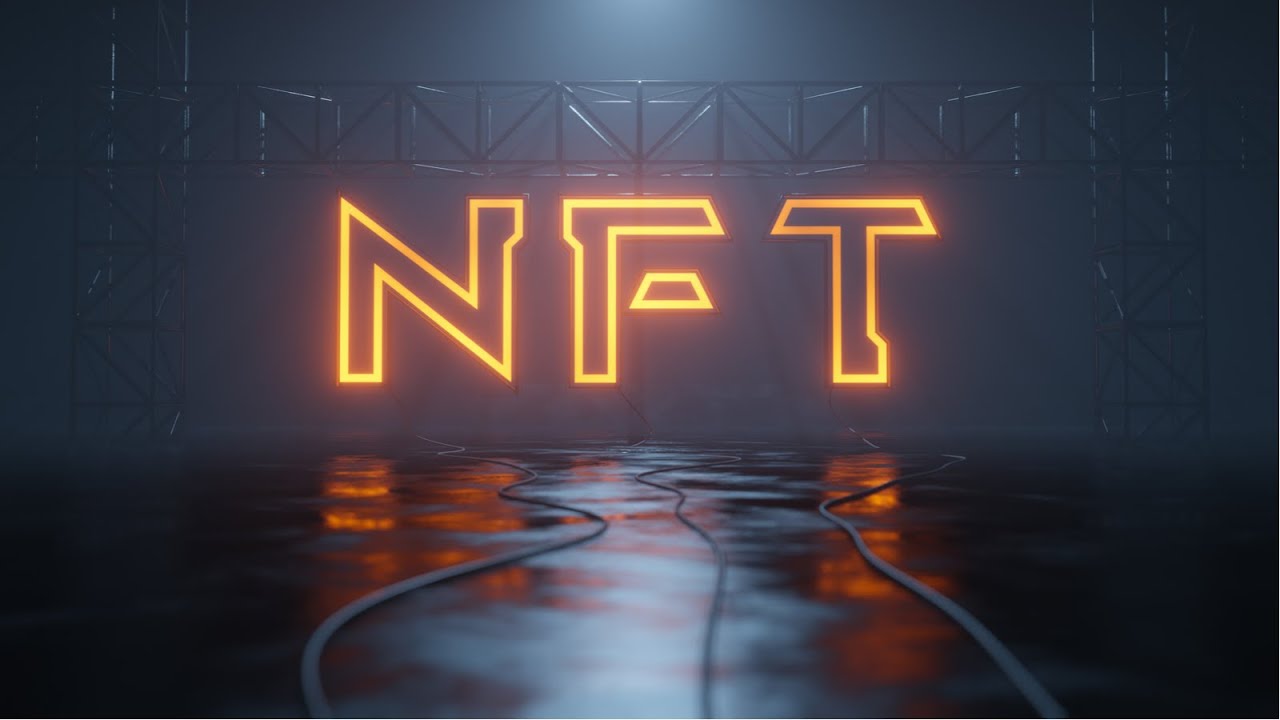
Engaging with Artists and Fellow Collectors
NFT community engagement provides valuable insights, early access opportunities, and collaborative collecting experiences. Following artists on social media, participating in Discord servers, and attending virtual events builds relationships that can provide market intelligence and exclusive opportunities.
Collector networks facilitate knowledge sharing, market analysis discussions, and potential collaboration on high-value acquisitions. Experienced collectors often share insights about emerging artists, market trends, and strategic approaches that benefit entire community networks.
Leveraging Social Proof and Influencer Insights
Influencer recommendations can provide valuable market insights, though independent verification remains essential. Key opinion leaders often have early access to promising projects and artists, making their insights potentially profitable for followers. However, balancing influencer guidance with personal research prevents over-reliance on external opinions.
7. Utilize Professional Tools and Analytics Platforms
Implementing Advanced Market Research Tools
NFT analytics platforms provide comprehensive data analysis capabilities beyond basic marketplace information. Tools like Nansen, DappRadar, and Icy. Tools offer portfolio tracking, market trend analysis, and individual NFT performance metrics. These professional-grade tools enable data-driven decision-making and portfolio optimization.
Market research tools help identify undervalued assets, emerging trends, and optimal entry points. Comparative analysis features allow evaluating similar artworks, artist performance metrics, and historical price patterns to inform purchasing decisions.
Automated Monitoring and Alert Systems
Setting up price alerts and monitoring systems ensures you never miss attractive opportunities or critical market movements. Many platforms offer notification systems for specific artists, price thresholds, or collection updates. Automated systems help manage multiple collections and respond quickly to time-sensitive opportunities.
8. Master the Technical Aspects of NFT Transactions
Optimizing Gas Fees and Transaction Timing
Gas fee optimization can significantly reduce transaction costs through strategic timing and technical optimization.Gas prices fluctuate based on network usage, typically being lowest during off-peak hours in major time zones.Gas tracking tools like ETH Gas Station provide real-time fee estimates and optimization recommendations.
Transaction optimization includes using appropriate gas limits, choosing optimal transaction timing, and understanding the relationship between gas prices and transaction speed. These technical skills can save substantial money over multiple transactions.
Understanding Metadata and Storage Solutions
NFT metadata determines how your digital art displays and functions across different platforms. Understanding IPFS storage, metadata standards, and file format implications ensures your NFTs maintain their intended appearance and functionality. Some projects use centralized storage, creating potential long-term risks that informed collectors should consider.
9. Develop Long-term Investment and Collection Strategies
Balancing Speculation with Artistic Appreciation
Successful NFT collecting balances potential financial returns with genuine artistic appreciation. Pure speculation often leads to poor decision-making, while collections built around artistic merit and personal connection tend to provide greater long-term satisfaction regardless of market performance.
Investment strategy considerations include holding periods, diversification approaches, and exit planning. Long-term collectors often focus on established or promising artists with strong artistic vision, while short-term traders might prioritize market trends and speculative opportunities.
Portfolio Diversification and Collection Curation
Collection strategy involves thoughtful curation across different artistic styles, price points, and risk levels. Diversifying across various artists, blockchain platforms, and artistic mediums reduces concentration risk while building comprehensive collections that reflect personal taste and market opportunities.
Also Read: NFT Domains: The Future of Digital Identity
10. Stay Informed About Legal and Tax Implications
Understanding Regulatory Landscape
NFT regulations continue evolving as governments worldwide develop frameworks for digital asset taxation and oversight. Understanding current legal requirements and staying informed about regulatory changes protects collectors from compliance issues and potential legal complications.
Tax implications vary significantly by jurisdiction, but generally treat NFT transactions as capital gains events. Proper record-keeping, including purchase prices, dates, and associated costs, ensures accurate tax reporting and maximizes allowable deductions.
Intellectual Property Considerations
Digital rights associated with NFT ownership can be complex and vary significantly between projects. Understanding what rights transfer with NFT ownership—such as display rights, reproduction rights, or commercial usage rights—prevents legal issues and ensures appropriate usage of acquired digital art.
Conclusion
Successfully purchasing digital art NFTs requires combining technological understanding, market analysis, artistic appreciation, and strategic planning. These ten secrets provide a comprehensive framework for navigating the complex NFT ecosystem while building valuable collections that provide both personal satisfaction and potential financial returns.
The NFT market continues evolving rapidly, with new platforms, artists, and technologies constantly emerging. Staying informed, maintaining strategic discipline, and balancing speculation with genuine artistic appreciation positions collectors for long-term success in this revolutionary digital art landscape.
Remember that NFT investment carries inherent risks, and past performance doesn’t guarantee future results. However, collectors who master these fundamental principles and maintain disciplined approaches often find. The NFT ecosystem rewards both financially and culturally.

